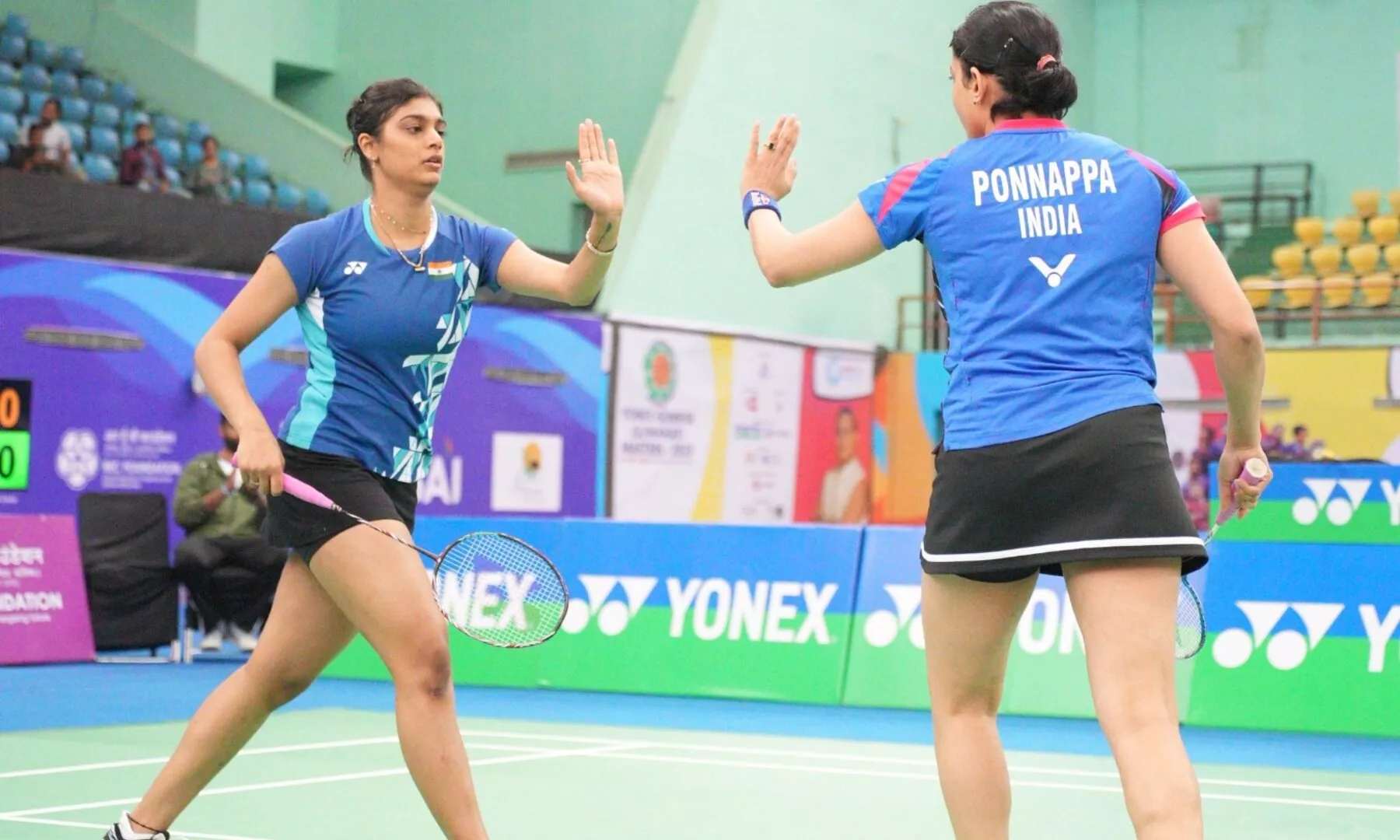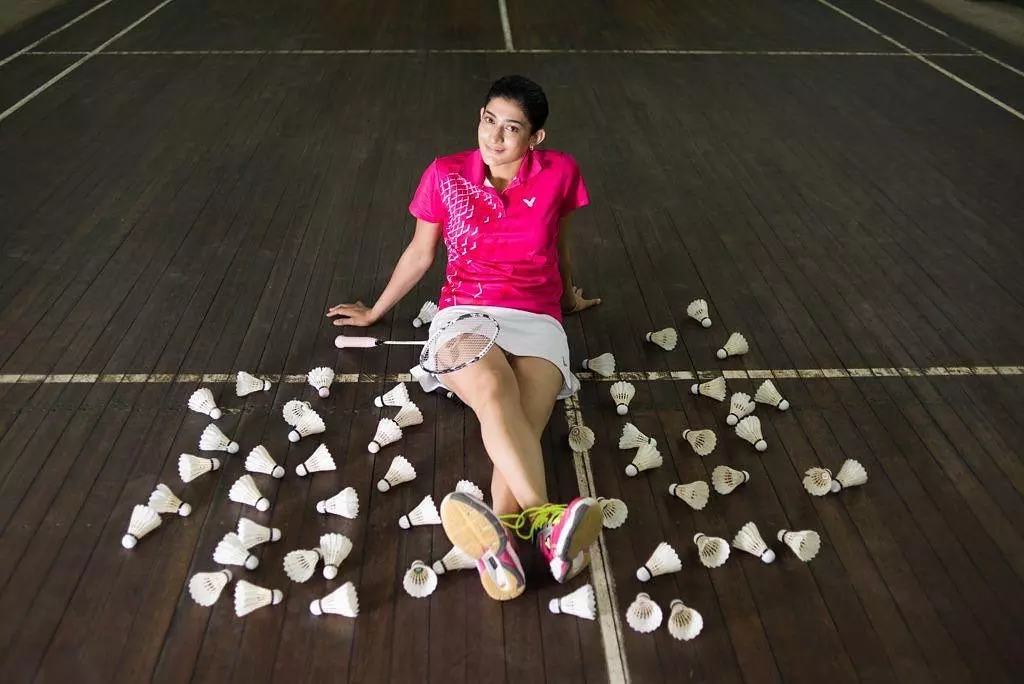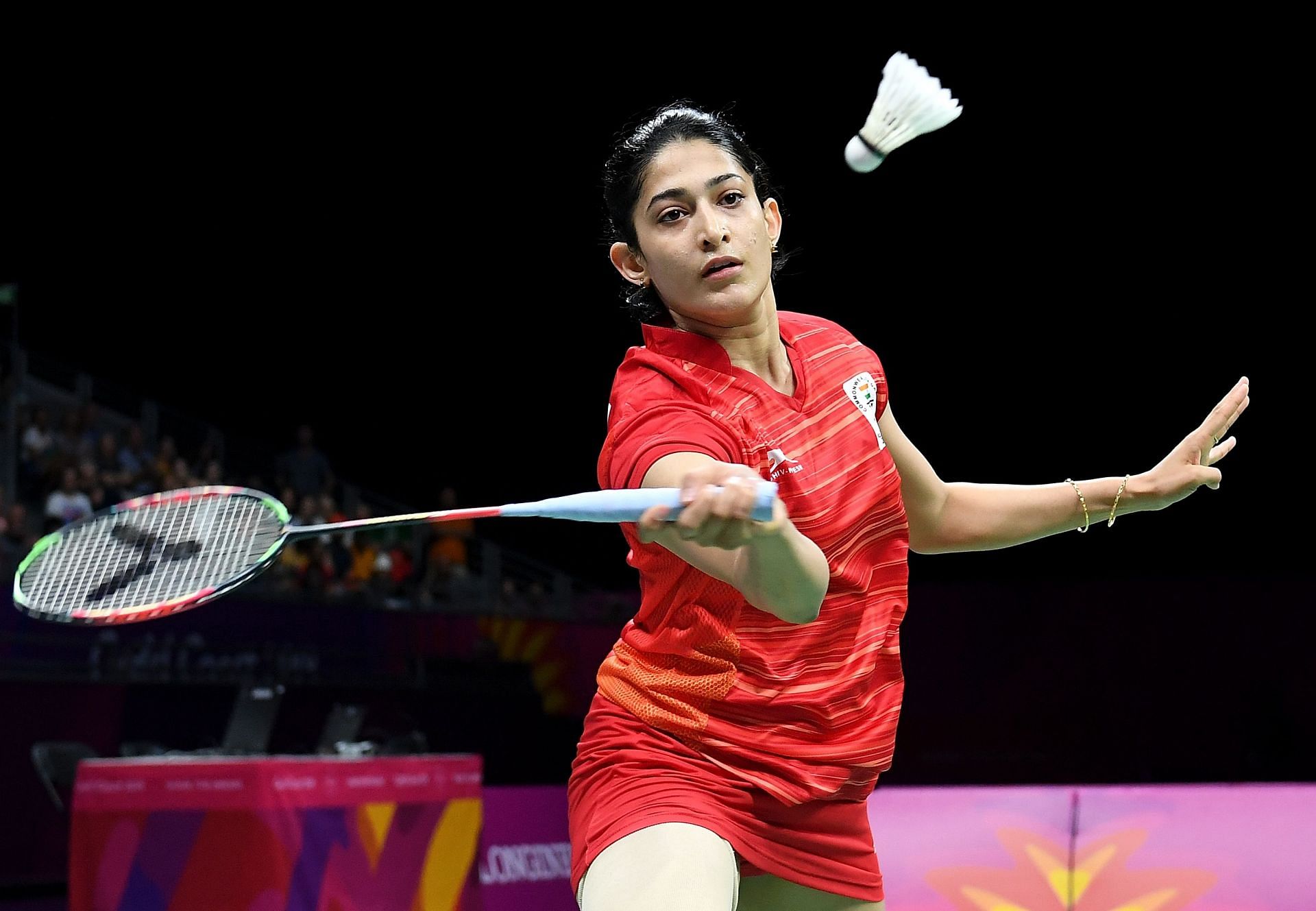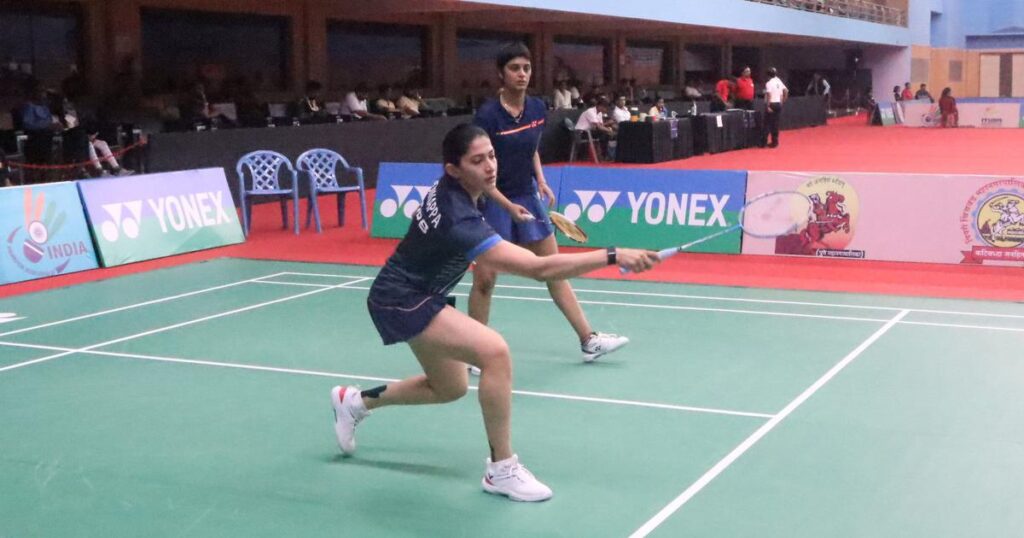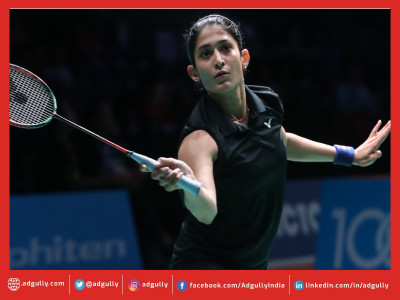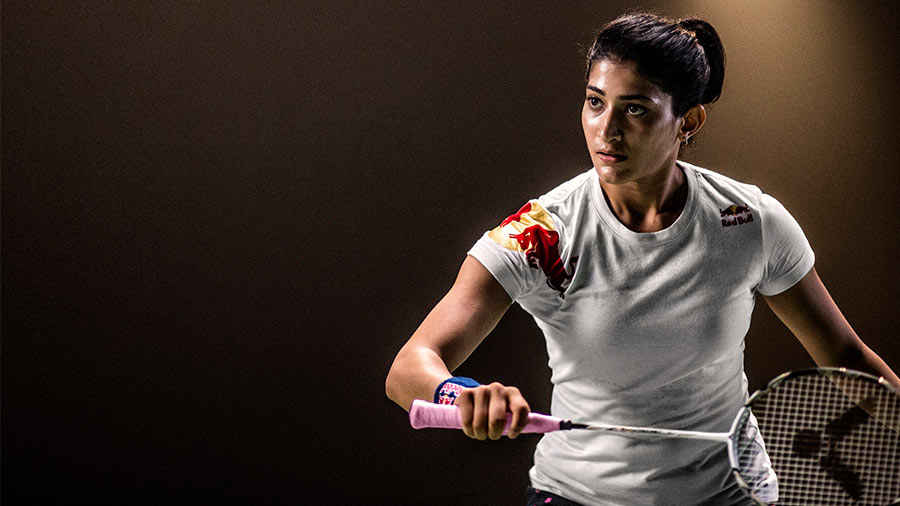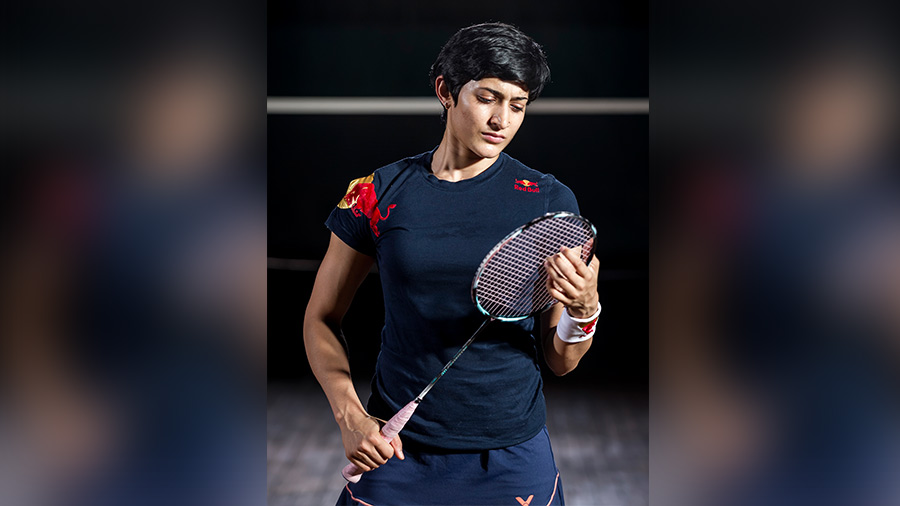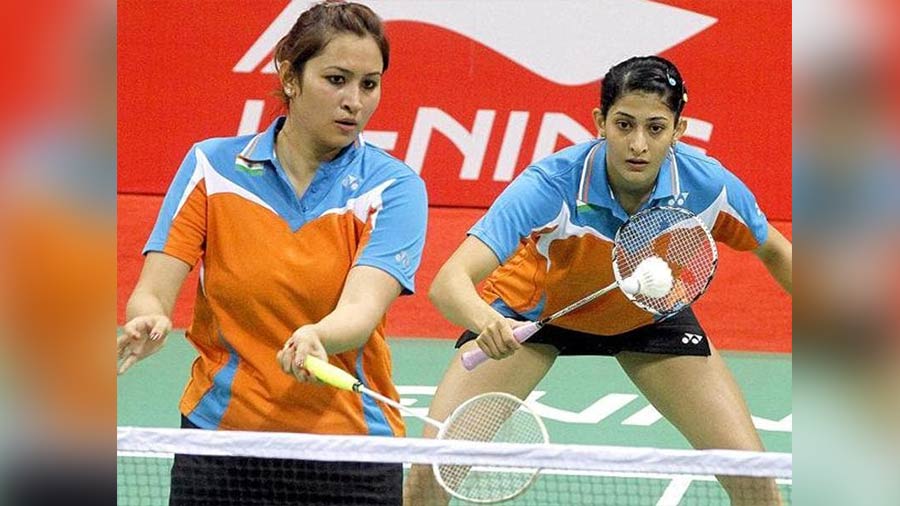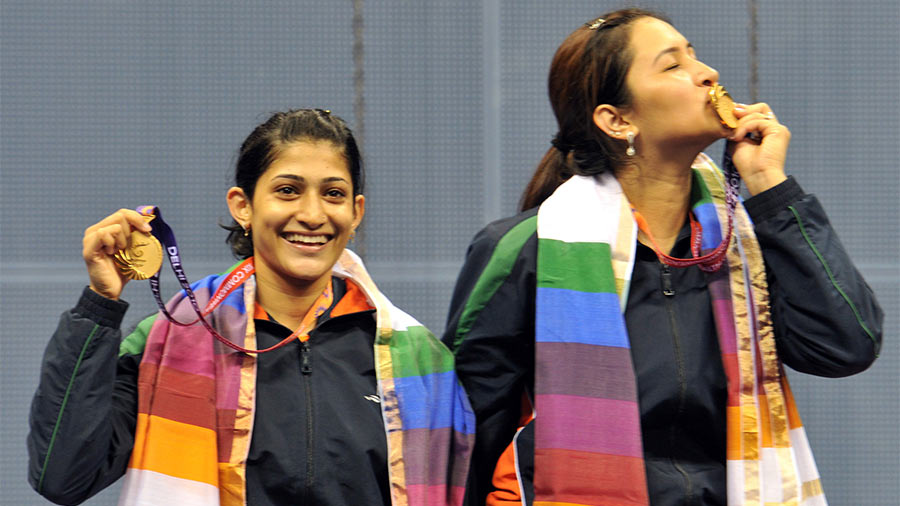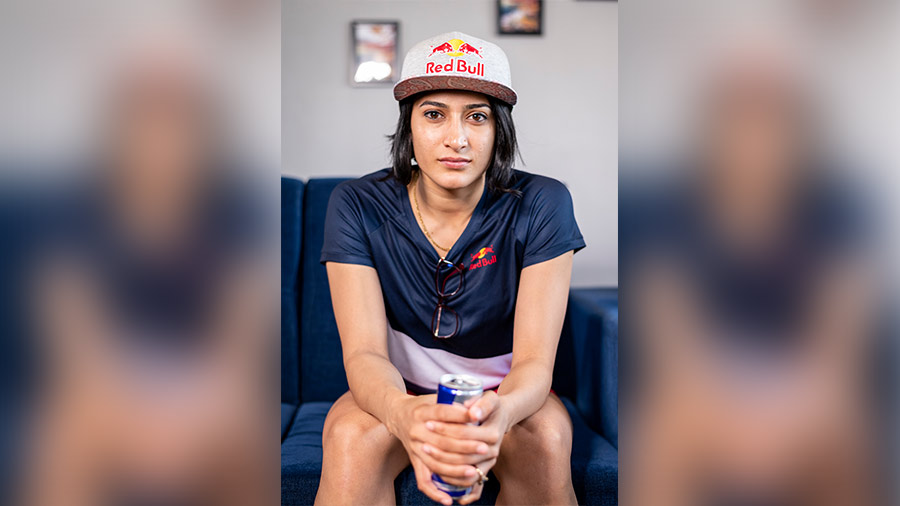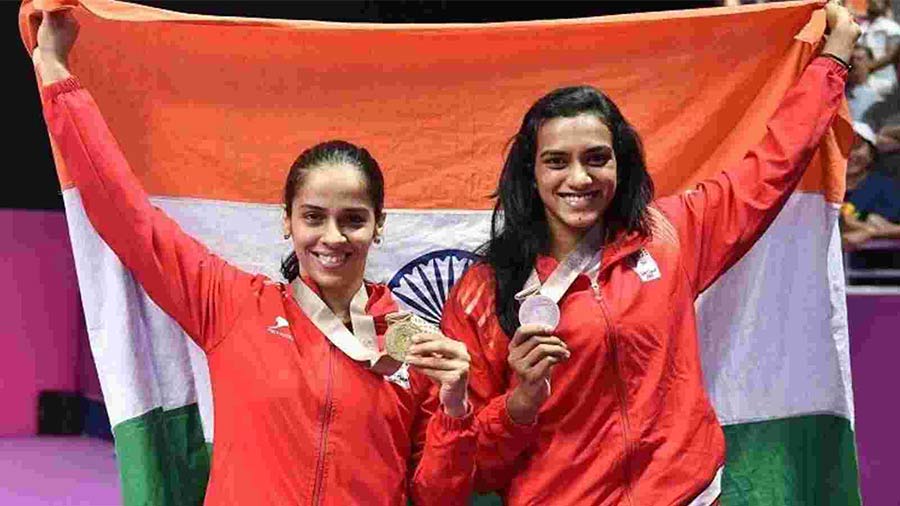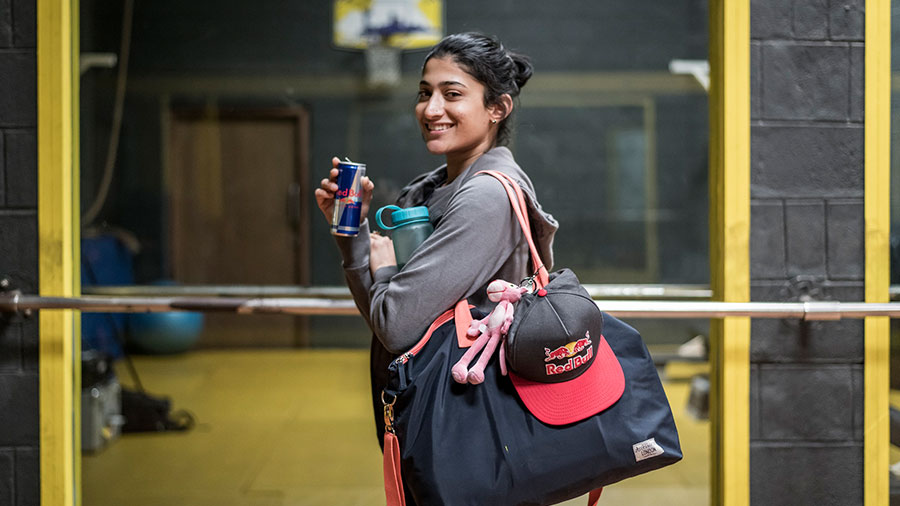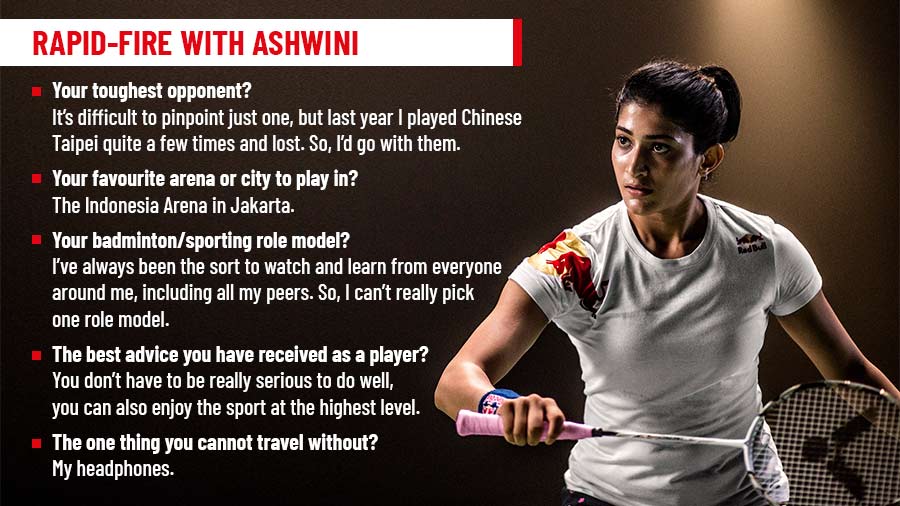The badminton star says that she is grateful to have an opportunity to aim for an Olympic gold at this point in her career.
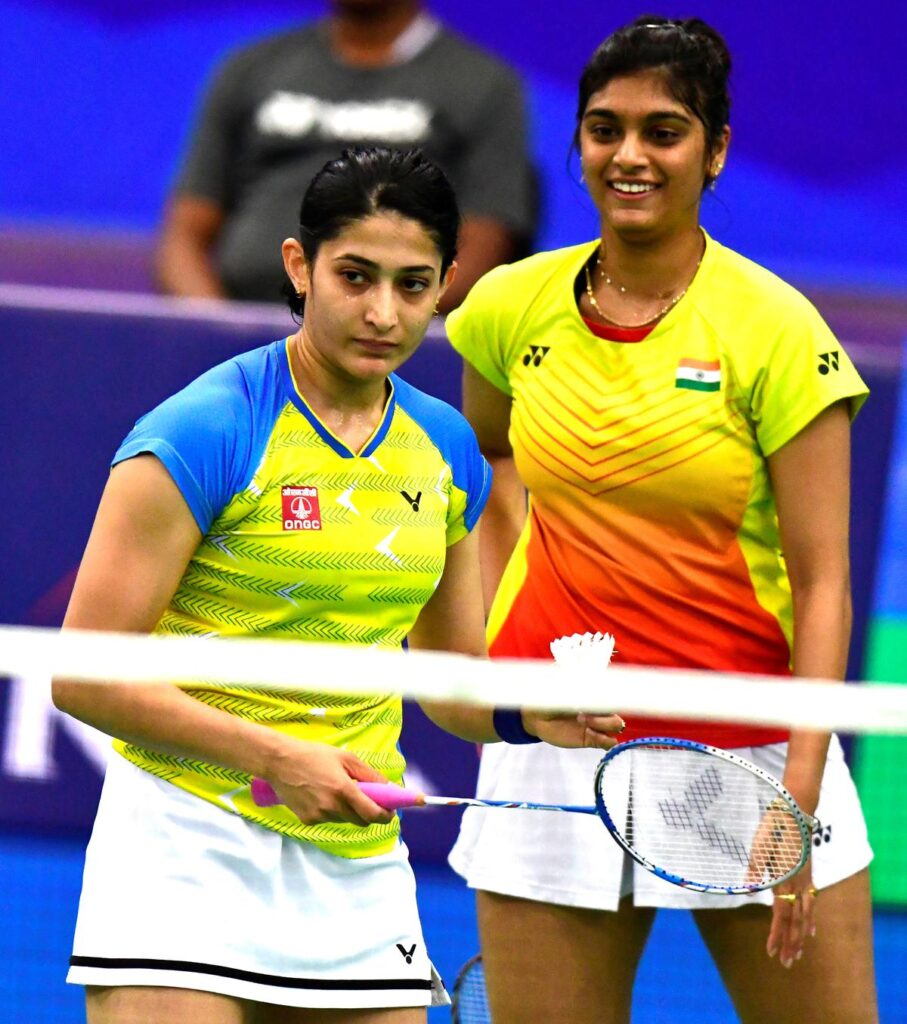
Ashwini Ponnappa has been around for a long while now but the 34-year-old has no plans of slowing down. Preparing for her third Olympics in a sport as demanding as badminton can be gruelling. To do so in doubles, with a partner almost 15 years younger, is unheard of. Ashwini isn’t bothered.
Ashwini missed the Tokyo Olympics but with Tanisha Crasto, is currently the highest-ranked Indian women’s doubles pair in the world and on top of the race to the World Tour Finals.
Having burst into the limelight after winning a historic gold at the 2010 Commonwealth Games in front of home crowds (with Jwala Gutta) for her maiden senior international title, it’s been an eventful career for Ashwini.
“I think having the CWG in India was the biggest game-changer because there was media and public attention on all sports, not just one or two. And winning in front of the home crowd put doubles in the spotlight because till then, it used to only be about singles. People started viewing doubles as a specialised event after that,” she acknowledged.
“It’s been quite a journey, having started alongside Jwala who was already an established player then and well-known on the national and international scene as a specialised doubles player. I think I got lucky because partnering with her meant that I got to play in the big league at a very young age. I have had different partners along the way and now am with someone who is 14 years younger – I never would have thought back then that something like this would happen. But it’s been an exciting journey since we got together,” she added.
Challenges
The longevity has not been without challenges but a bout of dengue in 2016 triggered a complete turnaround in her training ethos and methods.
“Even though I have had physical ups and downs, I have always been motivated. Being physically fit is most essential to be playing at this level but being mentally motivated is equally important. You cannot have one without the other. That’s something I am very stubborn about – I will not listen to just anyone, I am very fussy about my training.
“I have been training with Deckline Leitao since 2016 and that’s been a game-changer. As you get older, your approach to physical fitness is very critical. It also means that if my coach says back off or slow down, I will listen. When you are younger, you can have the hardest workouts throughout the year. But as you get older, it is important to know when to back off and not keep pushing” she explained.
And while they are equal partners on the court, Ashwini admits it took time to build an understanding with Tanisha. “It’s definitely evolved because initially there was a barrier because of the fact that I am super senior and she is up and coming, the comfort level did take time to get to and, to be honest, there is still a lot of space for improvement but it’s work in progress. I don’t think there is any other pair with this level of age gap on the circuit.
“It’s nice to play with someone who has got a really long way ahead of her. I love her enthusiasm and the curiosity of going for big tournaments,” she admitted.
The senior pro in her does come rear up occasionally, she laughed but insisted she tries to avoid being a nag.
“I don’t think there is pressure of being a senior but I just end up being kind of a mentor. It’s not like I go out and try to be a senior or didi as Tanisha calls me – I don’t want to be – but I end up being one because of what I have seen over the years and can’t help but guide here and there when you see certain things. Fortunately, she has been open enough to listen to me giving her advice now and then,” she said.
source: http://www.thehindu.com / The Hindu / Home> Sport> Other Sprots / by Uthara Ganesan / April 19th, 2024
